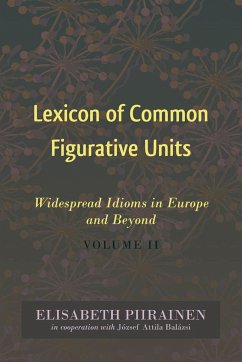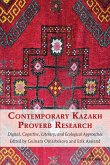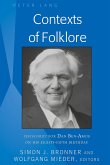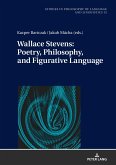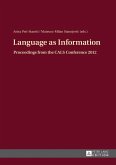The book continues the work of Widespread Idioms in Europe and Beyond (2012) and also brings new insights into the similarities of the European languages. Using comprehensive data from 78 European and some non-European languages, another 280 "widespread idioms" have been analyzed in terms of their distribution and origins. They are arranged according to their source domains (for example, performing arts, sports, history, war, technology, money, folk belief, medical skills, gestures, and nature). Among them are very modern layers of a common figurative lexicon, including quotes of personalities of recent times. Thorough research on the sources of these idioms goes beyond the entries in relevant reference works and brings new and unpredictable results. All of the data in this book adds new knowledge to the fields of language and culture. We now know which Europe-wide common idioms actually constitute a "Lexicon of Common Figurative Units" and which chronological and cultural layers they may be assigned to. The question about the causes of the wide spread of idioms across many languages now can partly be answered.
Bitte wählen Sie Ihr Anliegen aus.
Rechnungen
Retourenschein anfordern
Bestellstatus
Storno

